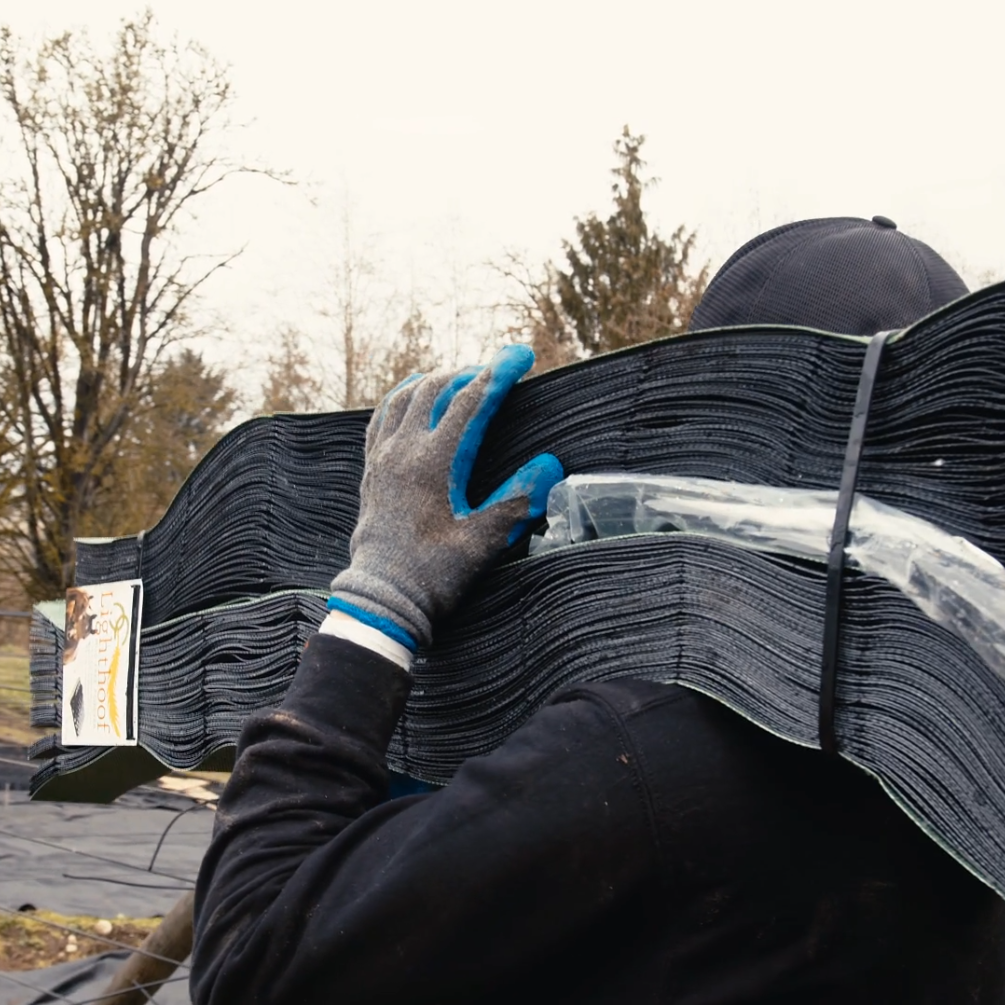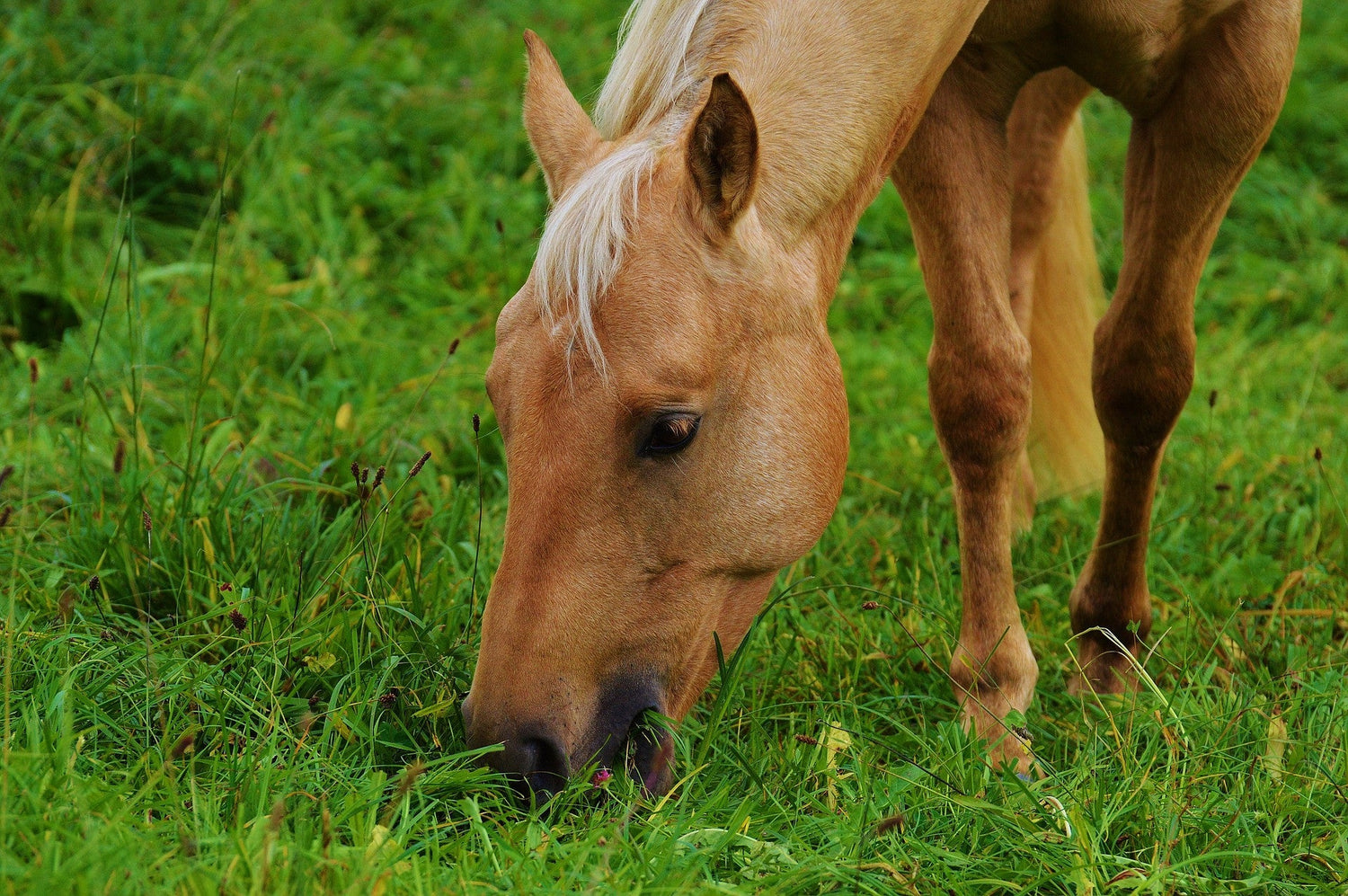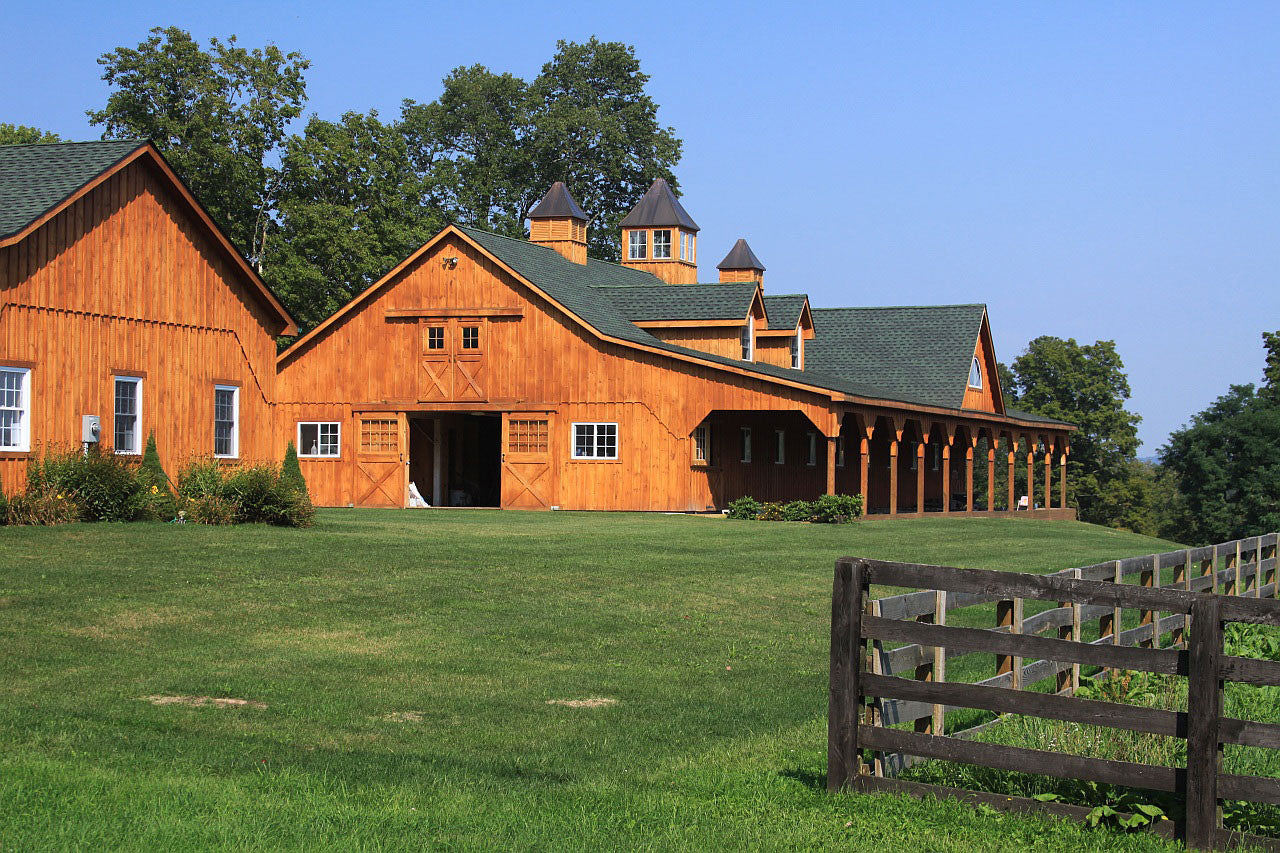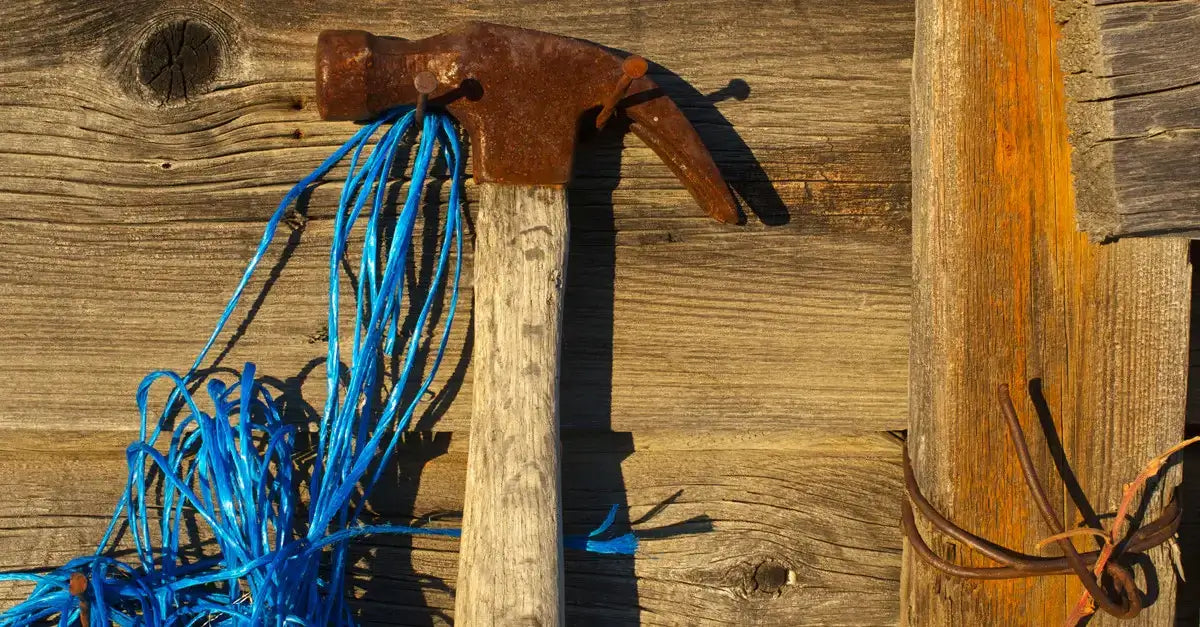If one of your goals for this summer is to bring your pasture land to fruition, getting a jump on your land’s health by focusing on spring pasture management is going to be key. For a variety of reasons, a lush, green and nutritional grass field is a huge benefit to any horse or livestock property. Nothing beats open grazing on a pasture or paddock that is rich in grass varieties and offers a sustainable supplement to your feeding program. From grazing management to types of pasture grass, knowing how to optimize your field’s growing potential early in the year will let your animals reap the benefits well into the fall and winter grazing season.
Spring Pasture Management - Where to start?
Spring pasture management starts as soon as the ground starts to thaw. Knowing more about your soil composition will give you a baseline for how to proceed with what types of pasture grass to seed with and the best fertilizer to use for your pasture’s grass species later in the year. By getting a good understanding of what your pasture needs from a fertilizer, you can ensure you get the best results when the growing season kicks in. The best fertilizer for pastures is reliant on a multitude of factors which vary based on location, land use and other environmental contributions. Hold off on fertilizing your land until later in the summer, after your cool weather forage has had a chance to become fully established.
Grazing Management - Forage Growth for Success
In order to set your pastures up for success, landowners will need to ensure their livestock doesn’t over-graze pasture land before the spring growth rush has a chance to take hold. Cool season grasses and many legumes consider temps between 70-85 degrees and plenty of moisture to be their ideal growing conditions. By rotating grazing animals on and off your spring pastures, they’ll graze down just enough to keep the crops growing without seeding and ending their lush growing cycle. Many landowners take the opportunity to seed, seed and seed some more in early spring to allow the type of forage that is long lasting through the summer to take root and get a solid hold on your fields.

Reseeding pastures in spring is the next best step to take for success.
Prevent Soil Erosion - Why Mud is Bad for Spring Pasture Management
If you’re focus is on a beautiful, bountiful pasture this year, mud is your #1 adversary this spring. You’ll want to make sure spring run-off has a place to go that isn’t pulling most of your topsoil and nutrients with it by managing the spring melt. A great way to stabilize your ground in those high traffic areas like around gates, run in sheds, or along fence lines in your pastures is with a ground stabilization grid like our Lighthoof Mud Management Panels. Our panels give the water a place to go, while keeping your footing in place. Cutting down on your mud in problem areas will also help your new seed take hold and flourish.

Keep mud at bay in your high traffic areas to keep footing in place





Leave a comment
This site is protected by hCaptcha and the hCaptcha Privacy Policy and Terms of Service apply.